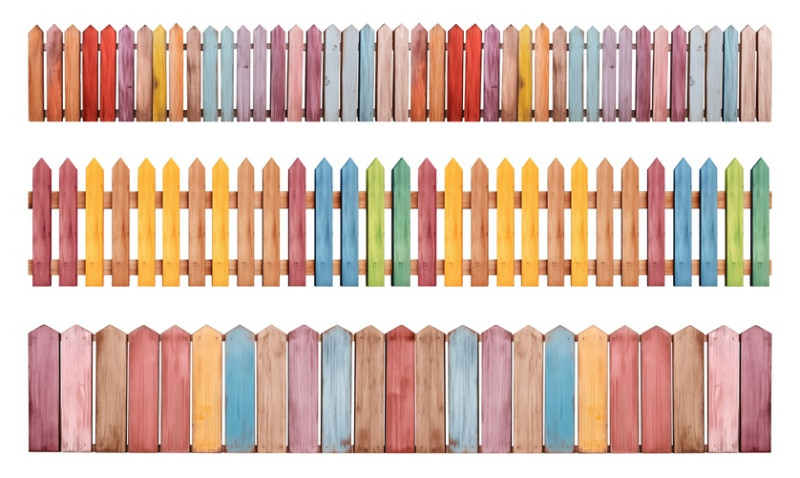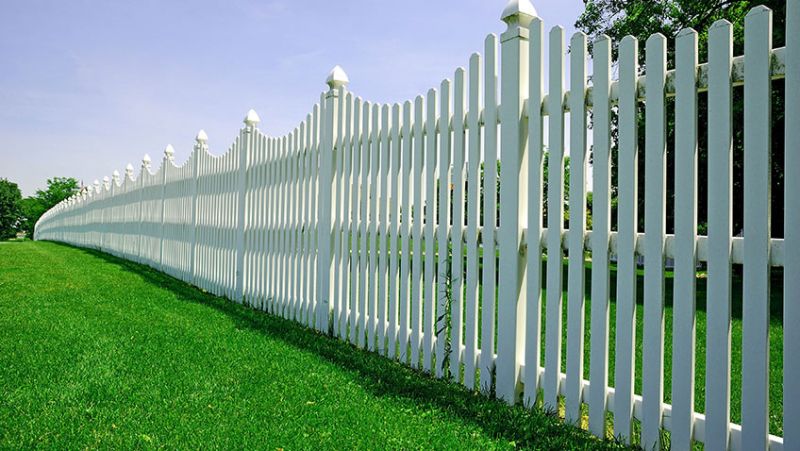
Choosing the right fencing material for your garden is crucial for both aesthetics and functionality. A well-chosen fence can enhance the beauty of your garden, provide privacy, and keep unwanted animals out. With so many options available, it can be overwhelming to make a decision. In this guide, we will explore essential tips to help you choose the perfect fencing material for your garden.
1. Understand Your Needs
Before diving into the various materials available, it’s important to assess your specific needs. Consider the following factors:
- Purpose: Are you looking for privacy, security, or simply a decorative element?
- Height: How tall do you want your fence to be? This will depend on your needs for privacy and security.
- Durability: How long do you want the fence to last? Some materials require more maintenance than others.
2. Explore Different Fencing Materials
There are several types of fencing materials available, each with its own advantages and disadvantages. Here are some of the most popular options:
Wood Fencing
Wood is a classic choice for garden fencing. It offers a natural look and can be customized in various styles.
- Pros: Aesthetic appeal, versatility, and ease of installation.
- Cons: Requires regular maintenance, susceptible to rot and pests.
Vinyl Fencing
Vinyl fencing is a low-maintenance alternative to wood. It comes in various styles and colors, making it a versatile option.
- Pros: Durable, resistant to weather and pests, and easy to clean.
- Cons: Higher initial cost and limited color options compared to wood.
Chain Link Fencing
Chain link fencing is a practical choice for those looking for security without obstructing visibility.
- Pros: Cost-effective, durable, and easy to install.
- Cons: Less privacy and aesthetic appeal compared to other materials.
Metal Fencing
Metal fencing, such as aluminum or wrought iron, offers a strong and stylish option for garden fencing.
- Pros: Long-lasting, low maintenance, and available in various designs.
- Cons: Higher cost and can be prone to rust if not properly treated.
Composite Fencing
Composite fencing is made from a blend of wood and plastic, offering the best of both worlds.
- Pros: Durable, low maintenance, and resistant to rot and pests.
- Cons: Higher initial cost and limited design options.
3. Consider Your Budget
Your budget will play a significant role in your choice of fencing material. Here are some tips to help you stay within your budget:
- Research the costs of different materials and installation options.
- Consider long-term costs, including maintenance and replacement.
- Look for sales or discounts at local home improvement stores.
4. Evaluate Local Regulations
Before installing a fence, it’s essential to check local regulations and zoning laws. Some areas have restrictions on fence height, materials, and placement. Here’s what to do:
- Contact your local zoning office for information on regulations.
- Check if you need a permit for your fence installation.
- Consult with neighbors to avoid disputes over property lines.
5. Think About Aesthetics
The appearance of your fence can significantly impact the overall look of your garden. Consider the following:
- Choose a material that complements your home’s architecture.
- Consider the color and style of the fence in relation to your garden design.
- Think about how the fence will look in different seasons.
6. Maintenance Requirements
Different fencing materials require varying levels of maintenance. Here’s a quick overview:
- Wood: Requires regular staining or painting to prevent rot.
- Vinyl: Minimal maintenance; occasional cleaning is sufficient.
- Chain Link: Requires little maintenance but may need rust treatment.
- Metal: Needs periodic painting to prevent rust.
- Composite: Low maintenance; occasional cleaning is all that’s needed.
7. Installation Considerations
Deciding whether to install the fence yourself or hire a professional can affect your choice of material. Here are some points to consider:
- Some materials, like wood and vinyl, are easier for DIY installation.
- Metal fencing may require professional installation due to its weight and complexity.
- Consider the tools and skills you have available for installation.
8. Environmental Impact
As sustainability becomes increasingly important, consider the environmental impact of your fencing material:
- Look for sustainably sourced wood or recycled materials.
- Consider the longevity of the material to reduce waste.
- Research eco-friendly options, such as bamboo fencing.
9. Seek Professional Advice
If you’re still unsure about which fencing material to choose, don’t hesitate to seek professional advice. Here’s how:
- Consult with local fencing contractors for their recommendations.
- Visit home improvement stores and ask for expert opinions.
- Join online gardening forums to get insights from other gardeners.
10. Final Thoughts
Choosing the right fencing material for your garden is a significant decision that can affect your property for years to come. By understanding your needs, exploring different materials, considering your budget, and evaluating local regulations, you can make an informed choice. Remember to think about aesthetics, maintenance, installation, and environmental impact as well. With careful planning and consideration, you can find the perfect fence that enhances your garden while meeting your practical needs.
Happy fencing!


